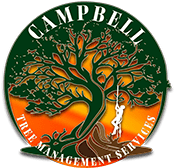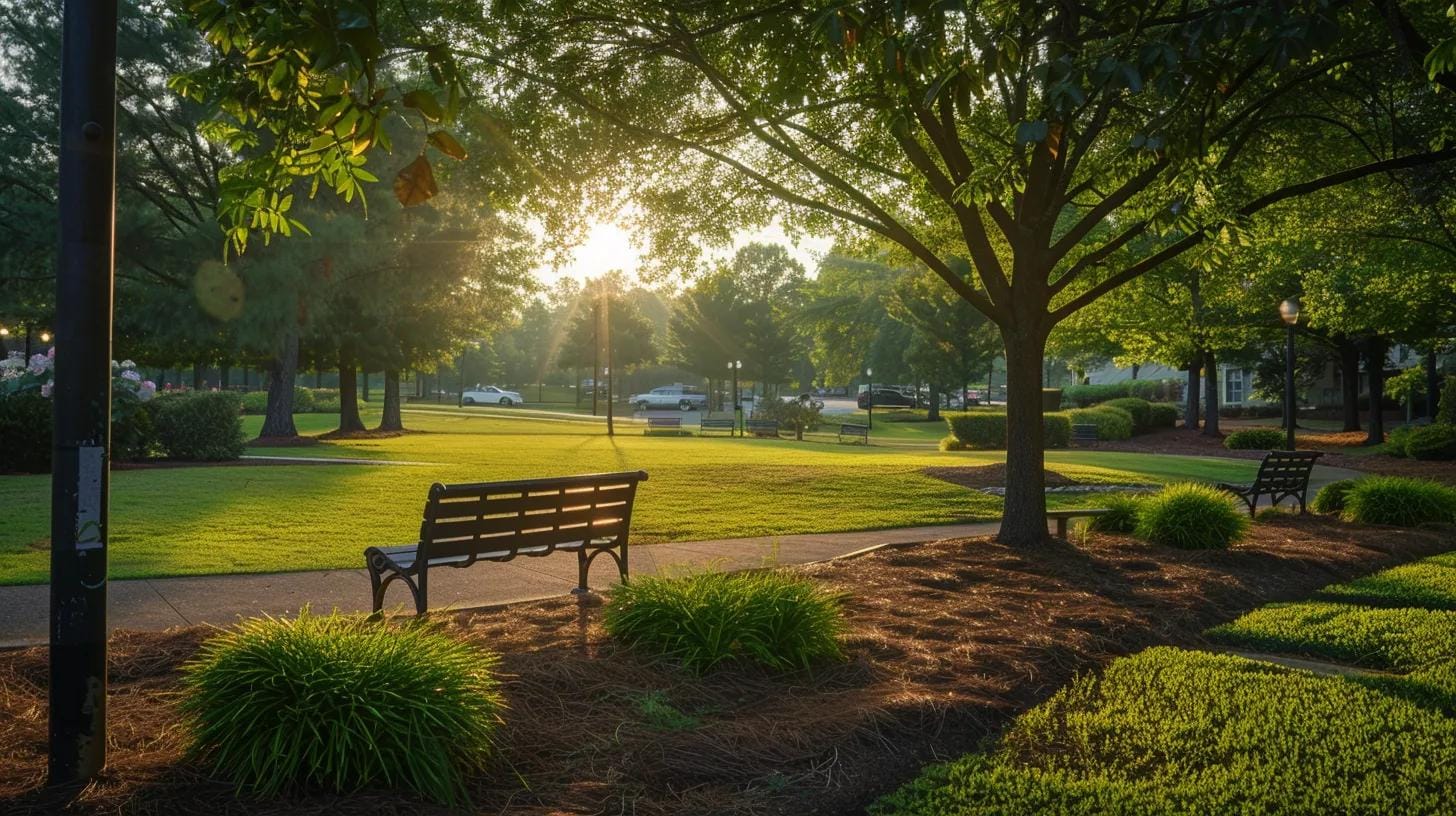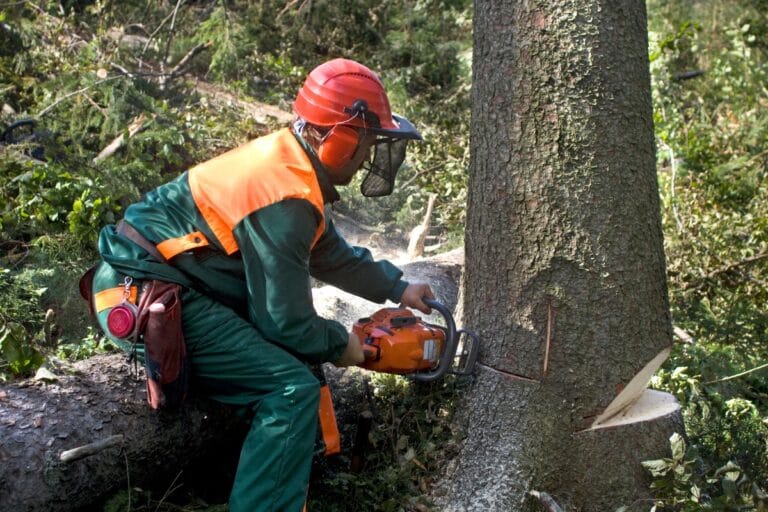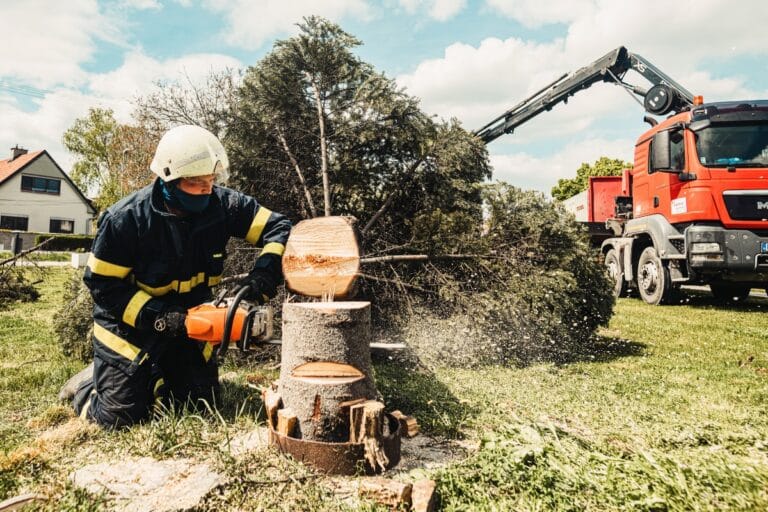In the vast tapestry of nature, trees stand as majestic pillars, weaving their branches into the very skyline and painting the landscape with a vibrant green brush. However, just like any living being, trees require care and attention to thrive and radiate their full splendor. This is where the art of tree pruning comes into play, offering a delicate balance between sculpting for aesthetics and nurturing for vitality.
Tree pruning techniques are not just about shaping unruly branches or clearing sightlines; they are a gateway to unlocking the potential of each tree, allowing them to flourish in their natural grace. With a keen eye and a gentle touch, one can coax forth new growth, improve airflow, and even prevent diseases from taking root. Indeed, the art of tree pruning is a testament to the harmonious relationship between humankind and nature, where our hands become tools of nurturing and preservation.
So, let us embark on this journey together, exploring the myriad ways we can elevate the health and beauty of our arboreal companions through the practice of expert tree pruning techniques.
Understanding the Benefits of Learning Tree Pruning Techniques
Tree pruning is not just a cosmetic procedure; it plays a vital role in maintaining the overall health and well-being of trees. By removing dead, diseased, or damaged branches, tree pruning helps prevent the spread of infections and pests. It also allows for better air circulation and sunlight penetration, which are essential for the tree’s photosynthesis process.
Moreover, tree pruning promotes proper growth and development by eliminating weak or crossing branches that can hinder the tree’s structural integrity. By shaping the canopy through selective pruning cuts, arborists can create a more balanced and aesthetically pleasing form for the tree.
Regular pruning also stimulates new growth and encourages branching in desired areas. This is particularly important for young trees as it helps establish a strong framework early on. Additionally, proper pruning techniques can redirect growth away from structures or power lines, reducing potential hazards.
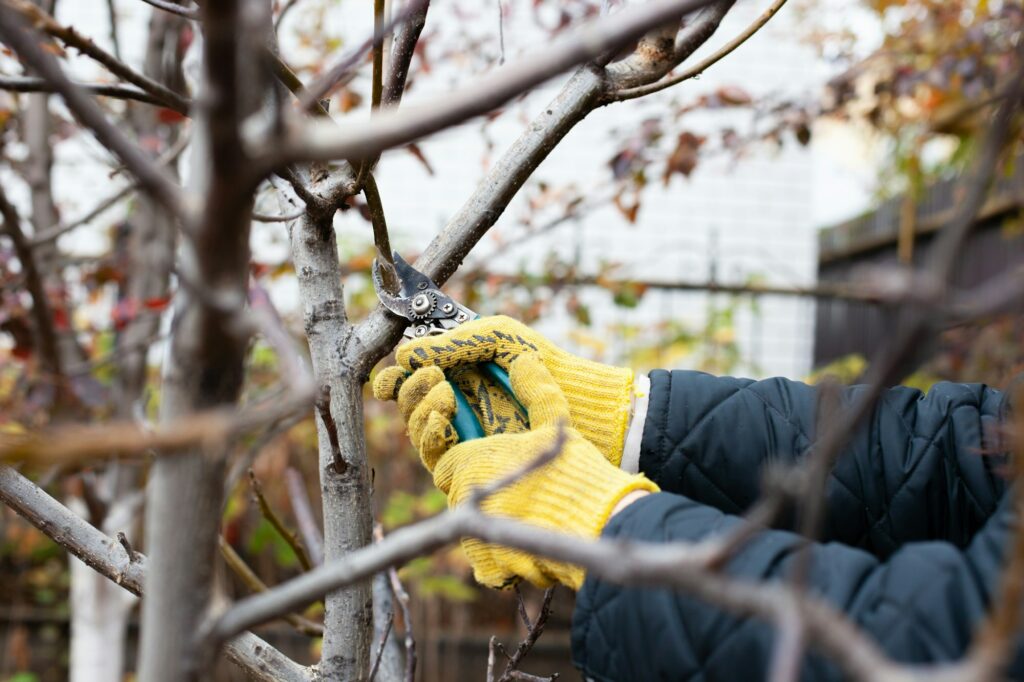
Different Types of Tree Pruning Cuts and Their Purposes
When it comes to tree pruning techniques, arborists employ various types of cuts depending on their objectives:
1. Crown Thinning: This involves selectively removing branches throughout the crown to increase light penetration and airflow while maintaining the overall shape of the tree.
2. Crown Raising: In this technique, lower branches are pruned to provide clearance for pedestrians, vehicles, or buildings.
3. Crown Reduction: When a tree has outgrown its space or poses a risk due to its size, crown reduction is performed to reduce its height or spread while preserving its natural form.
4. Deadwooding: Deadwood removal eliminates dead or dying branches that could fall and cause harm. It also prevents the spread of diseases and pests.
5. Structural Pruning: This technique focuses on training young trees by selectively pruning to establish a strong framework and promote proper branch spacing.
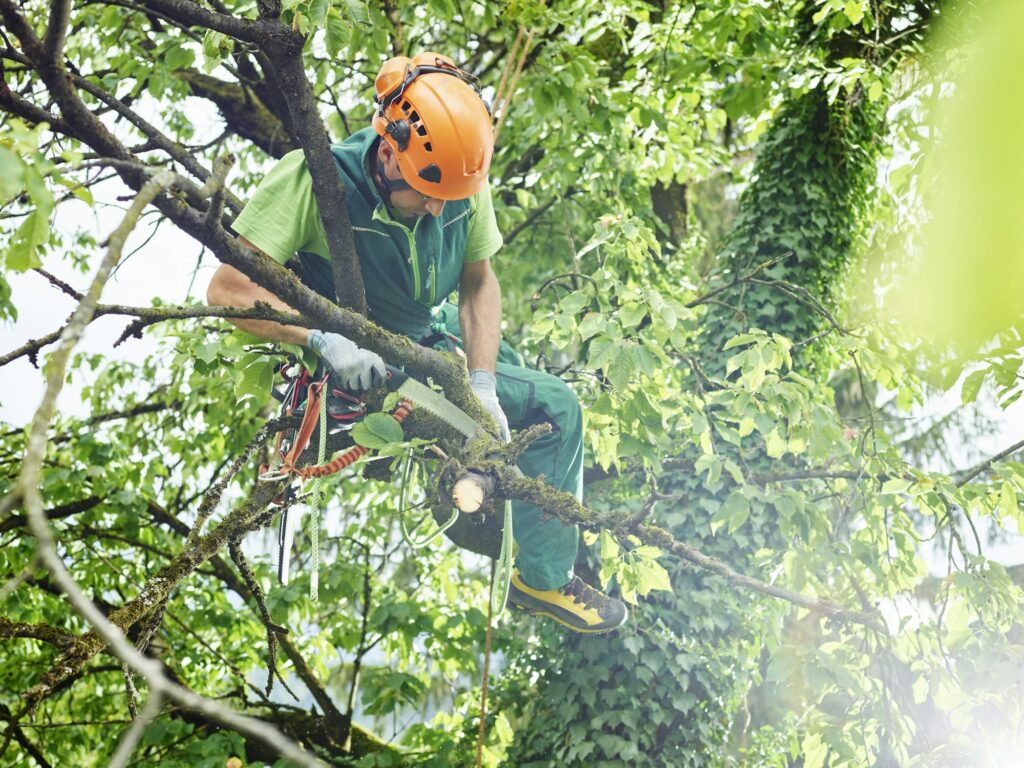
When is the Best Time to Prune Your Trees?
The timing of tree pruning depends on various factors, including the tree species, its growth habit, and the objectives of pruning. However, there are some general guidelines to follow:
1. Winter Pruning: Dormant season pruning, typically done in late winter or early spring, allows for better visibility of the tree’s structure and reduces the risk of disease transmission.
2. Summer Pruning: Light pruning during summer can be done to remove small branches or shape the tree’s canopy. However, extensive pruning during this season should be avoided as it can stress the tree.
3. Pruning Flowering Trees: Flowering trees should be pruned immediately after they finish blooming to avoid removing next year’s flower buds.
Proper Techniques for Pruning Young Trees
The early years are crucial for shaping young trees into healthy and structurally sound individuals. Here are some essential techniques for pruning young trees:
1. Formative Pruning: This involves removing competing leaders or branches that grow too closely together to establish a central leader and well-spaced scaffold branches.
2. Corrective Pruning: If any structural defects or weak attachments are observed in young trees, corrective pruning can help rectify these issues before they become more significant problems.
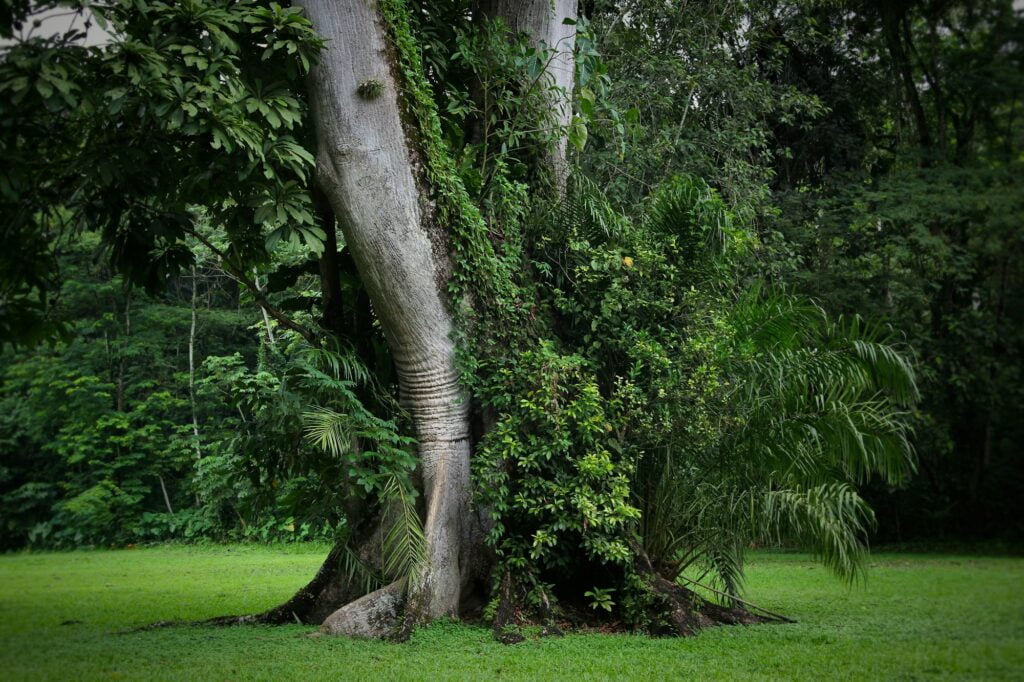
Advanced Strategies for Pruning Mature Trees
Mature trees require careful consideration and expertise when it comes to pruning. Here are some advanced strategies employed by arborists:
1. Crown Restoration: This technique involves selectively removing dead or diseased branches while preserving the tree’s natural form and promoting new growth.
2. Vista Pruning: Vista pruning is performed to enhance scenic views by selectively removing branches that obstruct the desired sightlines.
3. Hazard Pruning: When a tree poses a safety risk due to structural issues or disease, hazard pruning aims to reduce the risk by selectively removing hazardous branches.
Addressing Common Tree Pruning Mistakes and How to Avoid Them
Mistakes in tree pruning can have long-lasting consequences for the health and aesthetics of trees. Here are some common mistakes to avoid:
1. Topping: Topping, or indiscriminate cutting of branches, weakens the tree’s structure, promotes rapid regrowth, and increases the risk of disease and pests.
2. Over-Pruning: Excessive removal of foliage can stress the tree, impair its ability to produce food through photosynthesis, and make it more susceptible to diseases.
3. Improper Pruning Cuts: Making incorrect cuts such as leaving stubs or cutting too close to the branch collar can lead to decay and create entry points for pathogens.
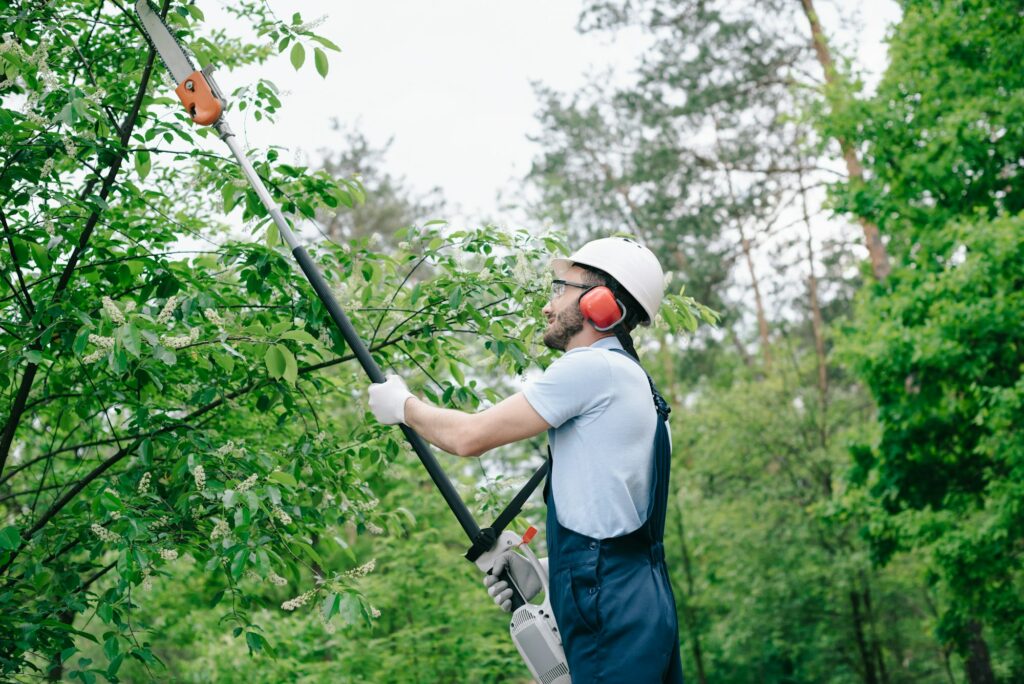
Consulting a Professional Arborist for Complex Tree Pruning Needs
In complex situations where large trees or specialized techniques are involved, it is advisable to consult a professional. Campbell Tree Managment Services has the knowledge, experience, and equipment necessary to safely perform intricate tree pruning while ensuring optimal results for both tree health and aesthetics.
Remember, tree pruning is an art form that requires expertise and a deep understanding of tree biology. By employing the right techniques at the appropriate times, we can enhance the health and beauty of our trees, allowing them to thrive and enrich our surroundings for years to come. Reach out to Campbell Tree Services for expert pruning assistance.
